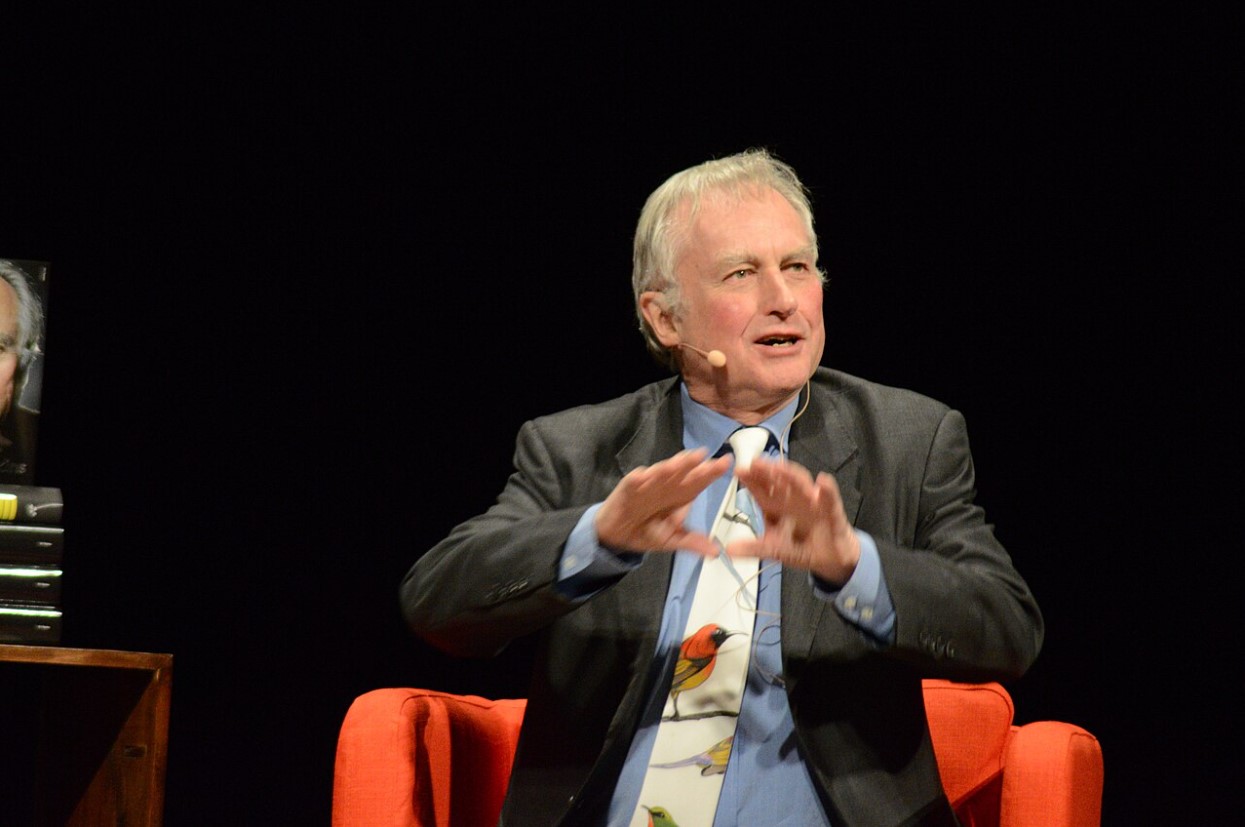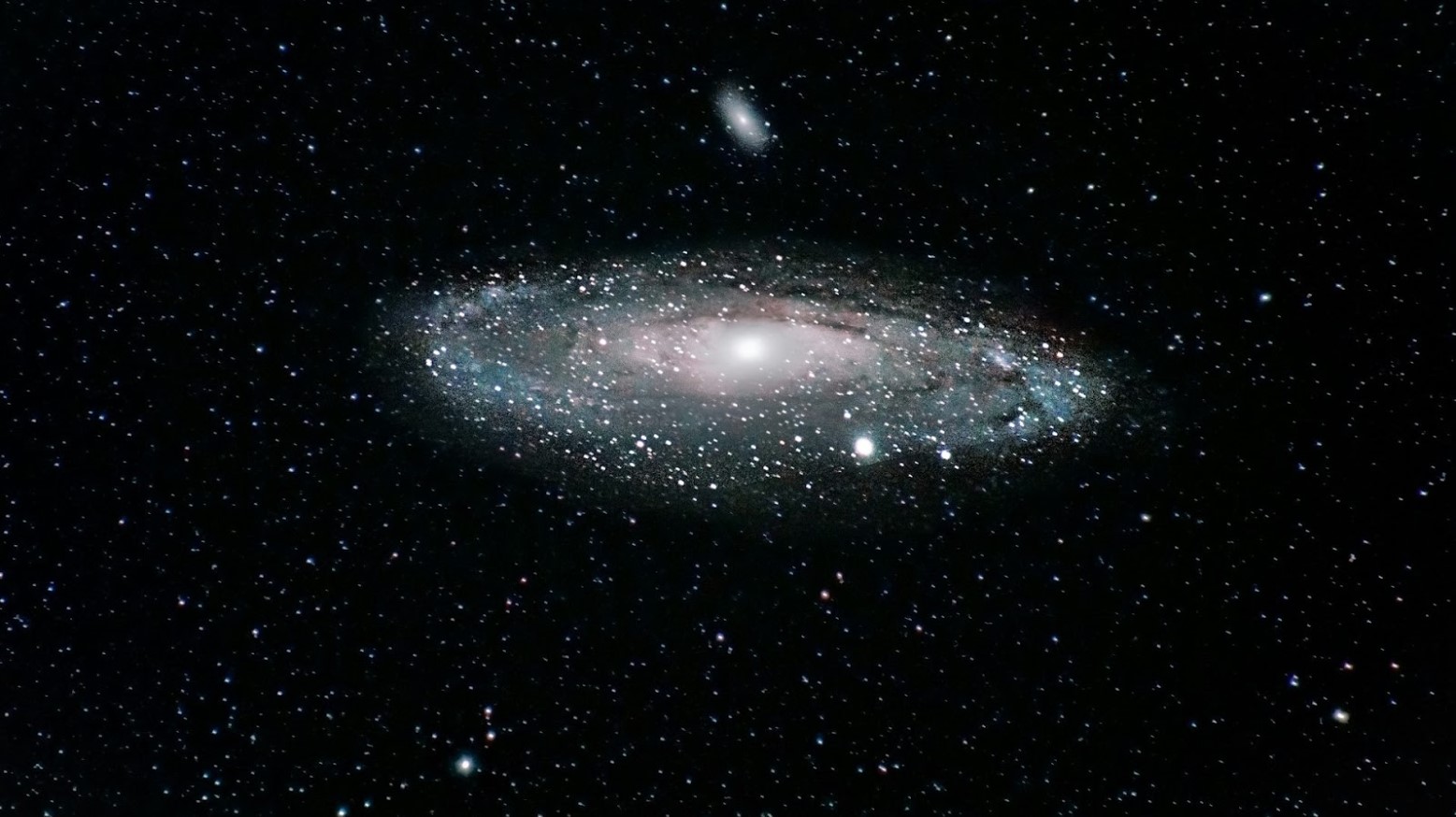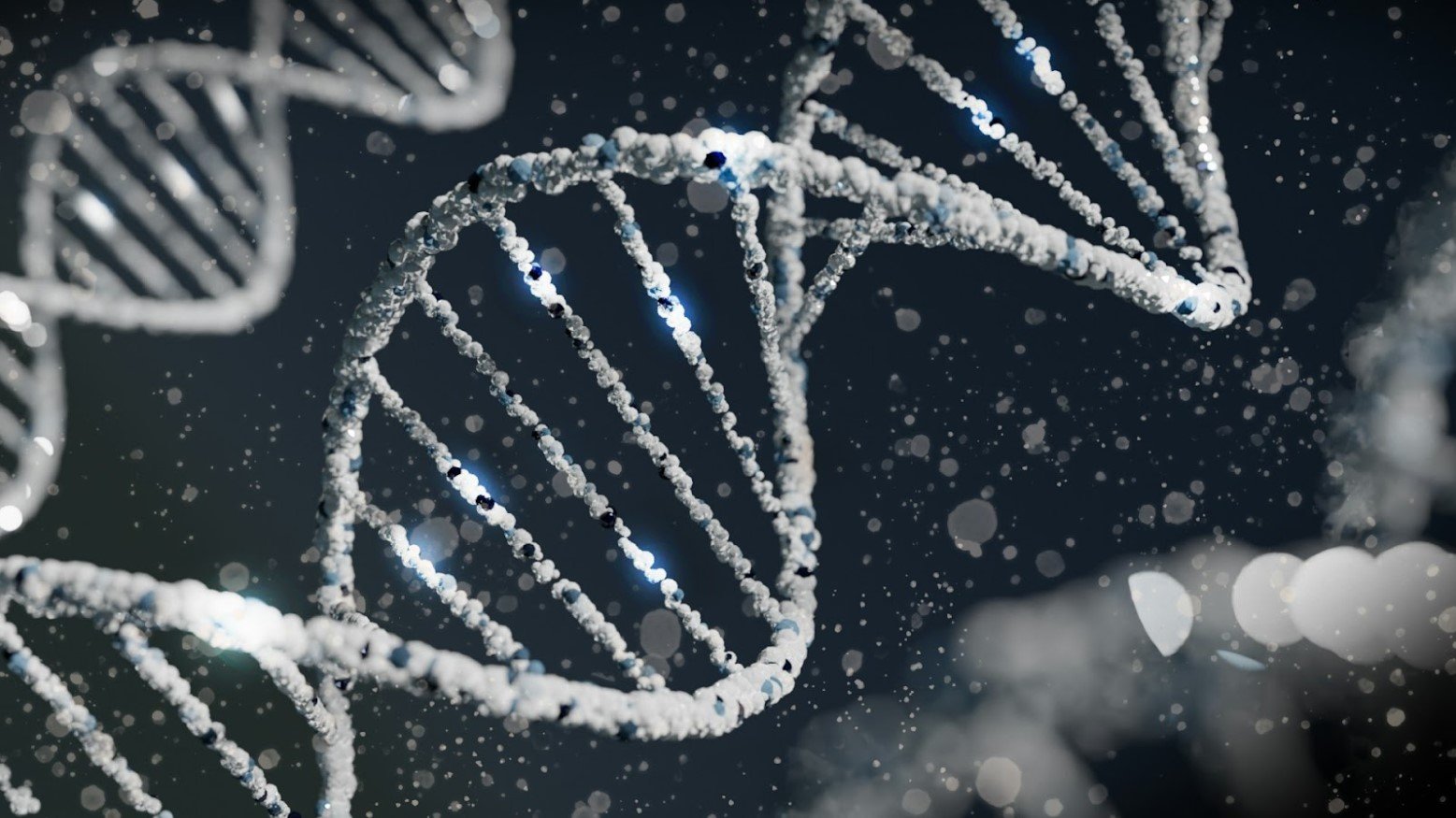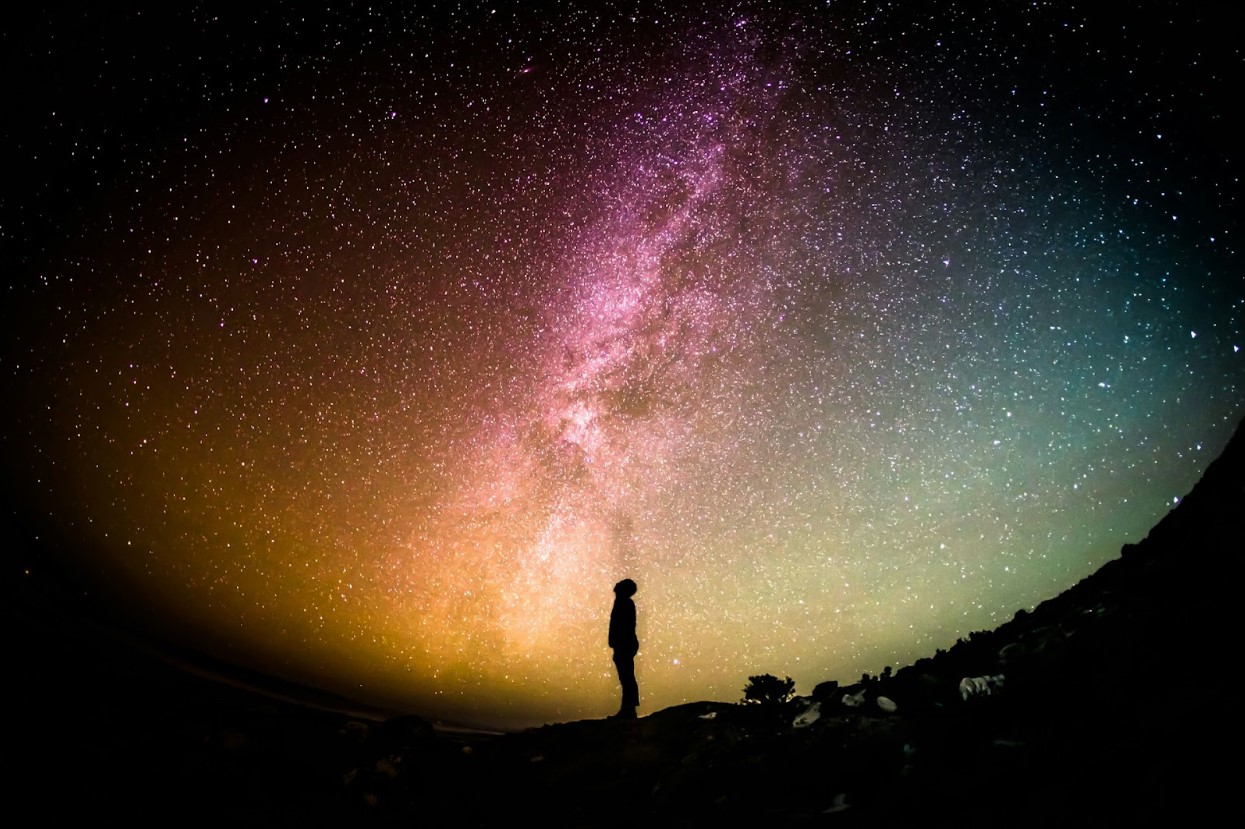By and large, it seems that the scientific community rejects the concept of the divine or any sort of intelligent design behind the creation of the universe. Indeed, read the works of Richard Dawkins and one would think being an atheist was a prerequisite for being a scientist.
But a new publication not only shows that science and faith can coexist, but there are some within the scientific community who believe in the existence of God — and present evidence of his hand in creation.
The Return of the God Hypothesis

The general notion of how science views religion can be best summed up by works like Oxford biologist Richard Dawkins’ work “River Out of Eden,” where he writes that “the universe that we observe has precisely the properties we should expect if there is, at the bottom, no design, no purpose, no evil, no good, nothing but pitiless indifference.”
However, a new book by Stephen Meyer, “The Return of the God Hypothesis,” counters claims like this and the general theories postulated by Dawkins and those like him that scientific discovery actively disproves the existence of God.
Science, in Fact, Supports the God Hypothesis

In his book, Myer suggests that far from disproving the existence of God, the notable scientific discoveries of our time in fact serve as evidence that God created the universe.
He says these discoveries point to intelligent design and the existence of a transcendent God, highlighting three discoveries specifically that contradict the views of scientific atheists.
The Universe Has a Beginning

Underpinning a lot of the arguments that the God hypothesis is no longer needed to explain existence was the idea that the universe has existed eternally with all the conditions necessary to create life as we know it, so eventually things just happened with infinite time to play with.
Well, this notion has been widely disproved within the scientific community, with cosmologists now believing the universe had a definitive beginning point roughly 13.8 billion years ago.
Evidence Supporting the Beginning of the Universe

Evidence that the universe has a beginning and is not in fact eternal stems from work conducted by Edwin Hubble and Georges Lemaître that showed galaxies are moving away from Earth.
Redshift evidence from distant galaxies, which relates to the change in frequency and wavelength of radiation as it moves towards or away from an observer, also supports the notion that the universe is expanding outward from a single point — a beginning point.
If the Universe Had a Beginning, Something Caused its Existence

Evidence like this disputes previously held “steady state” theories that maintained the universe was as it was always and always would be, with no particular beginning or end.
If the universe had a beginning point, then it’s logical to assume its existence came about from some cause outside of itself. Many researchers believe that these scientific beliefs around the origin of the universe align well with biblical depictions of creation.
The Universe is Finely Tuned

Second on Meyer’s list is the discovery of the finely tuned nature of the universe. Some describe it as a “Goldilocks universe” — everything is “just right” to allow for the existence of life. Any changes too far one way or the other, and life would not be possible.
The precise nature of the fundamental physical laws of the cosmos that allow for our existence leads many to believe that these conditions didn’t come about through some cosmic accident but rather are the result of divine, intelligent design.
The Code of Life

Myer’s final argument supporting the God hypothesis looks at discoveries in the biological sciences, namely DNA. In 1953, the work of Crick and Watson led to the sequence hypothesis.
Basically, DNA functions like a written code. Sequences of nucleotide base pairs code for specific proteins. DNA is information for life, essentially — it functions very much like computer software code.
The Origins of Complex DNA Sequencing

Scientists have yet to find a credible chemical evolution explanation for the origins of complex DNA sequencing.
If we stick with the software analogy, the presence of an information coding system, to some, again points to an intelligent design and an intelligent designer. DNA is purpose-built by this designer to “program” life in the universe.
An Intelligent Design?

Meyer details all three of these aspects of scientific discovery as evidence of an intelligent, transcendent designer/God. He’s not the only one to believe there’s evidence of an intelligent design behind the universe.
Austrian physicist and radiologist Henry Quastler once eloquently summed up how our scientific discoveries support the existence of God: “Information habitually arises from conscious activity.” That is to say, the more we discover the complex systems within our expansive universe and down at the level of the cell, the more we suggest that there’s a conscious designer behind it.
Other Evidence for Order and Design in Nature

There are many other scientific discoveries beyond those detailed in Meyer’s book that some point to as supporting the God hypothesis. In quantum mechanics, particles remain somehow entangled over vast distances, implying an underlying order.
Some point to our ability to even ponder these questions as evidence of the divine, arguing that the existence of consciousness cannot be explained by our physical existence alone.
Can Faith and Science Coexist?

There are other arguments against some of the atheist scientific arguments about the nature of the universe. Some point to the existence of objective moral truths shared by humanity, transcending culture and era, as proof that there is the presence of a higher power acting as moral lawgiver.
Many also feel naturalistic theories fall short in explaining the complexity of the universe. Science and theology can coexist — scientific discovery can enhance spiritual understanding, and scientific pursuit can support as well as challenge the existence of God. An open dialogue encompassing many different views is probably the healthiest way to explore the nature of existence.
